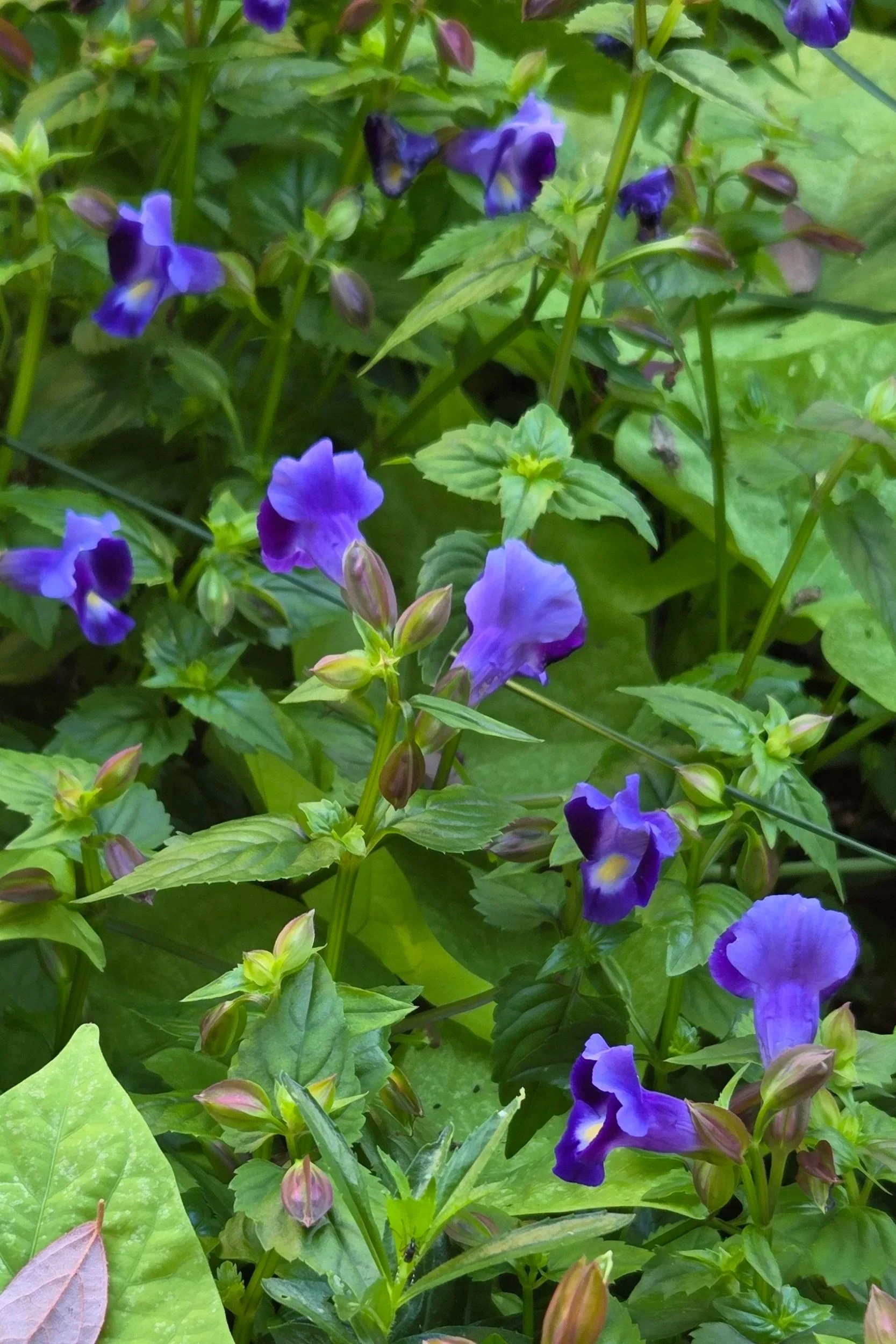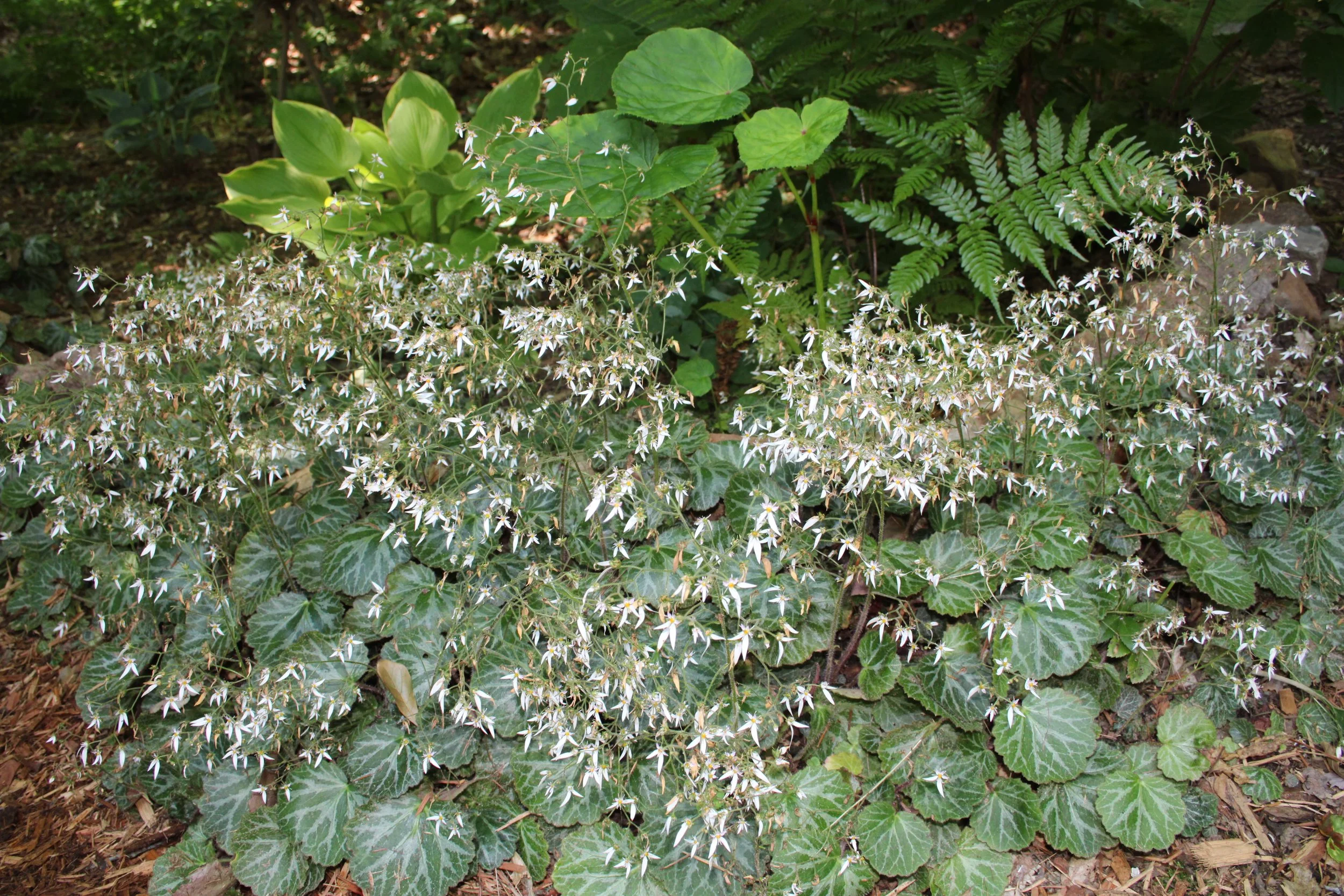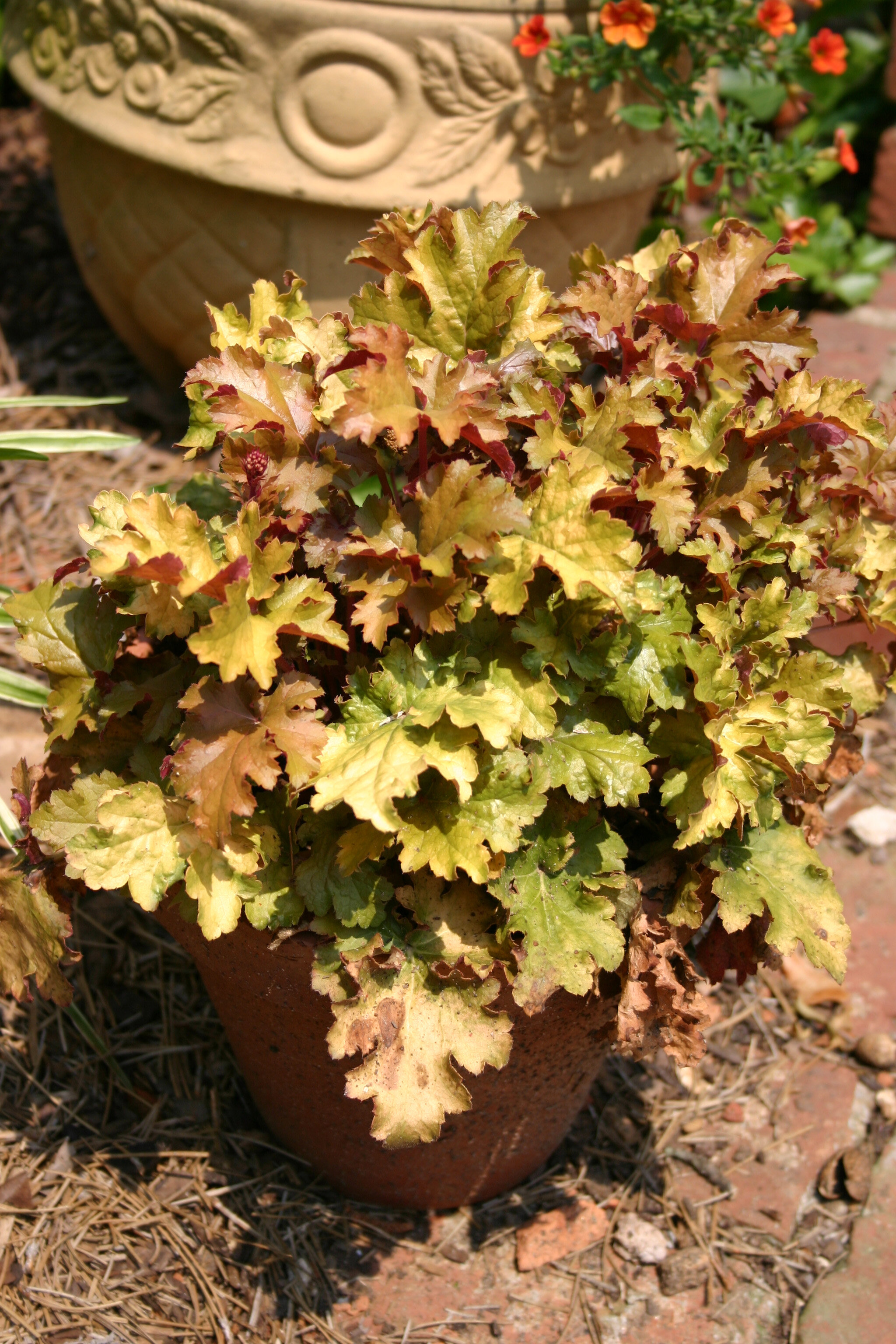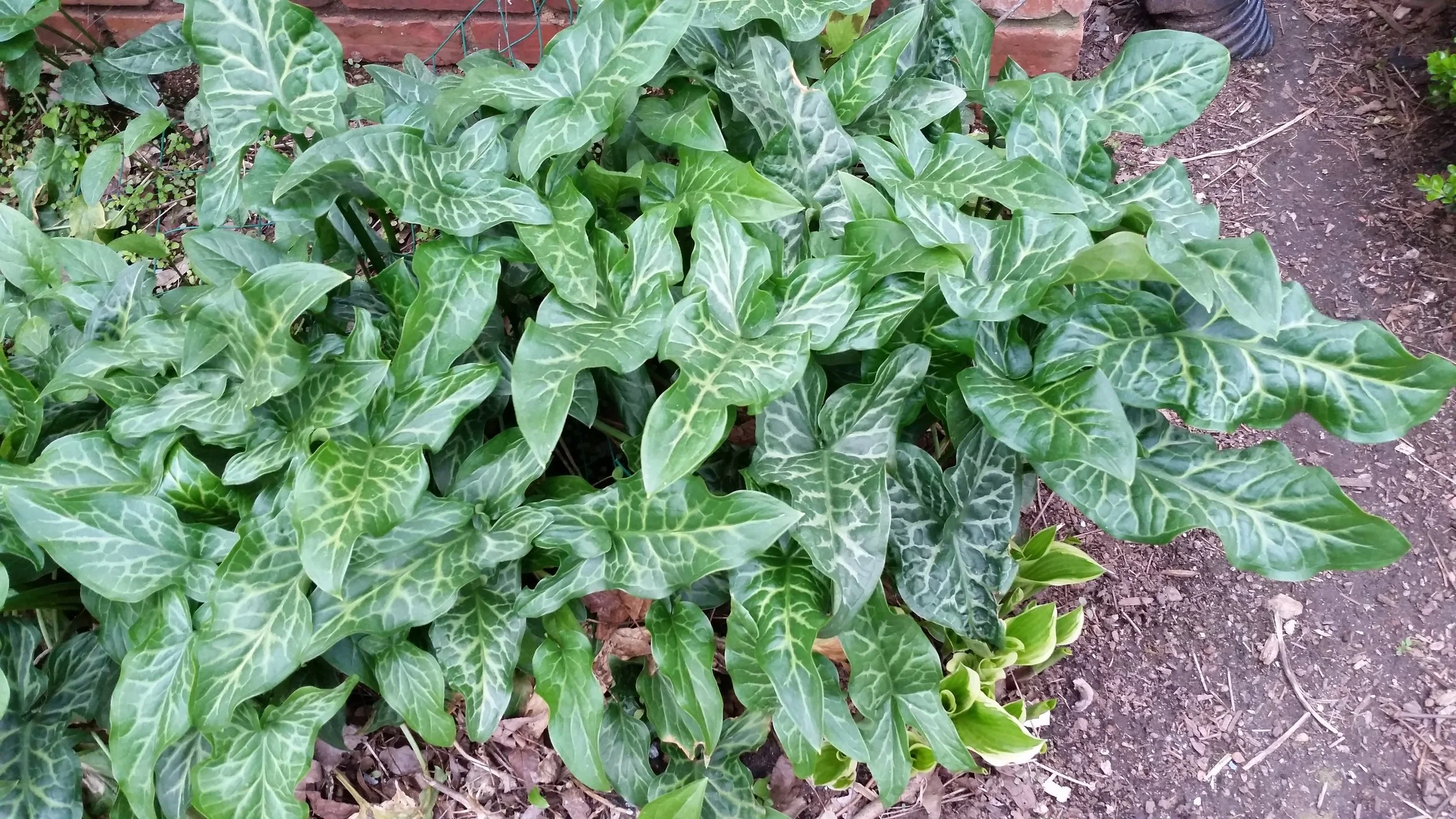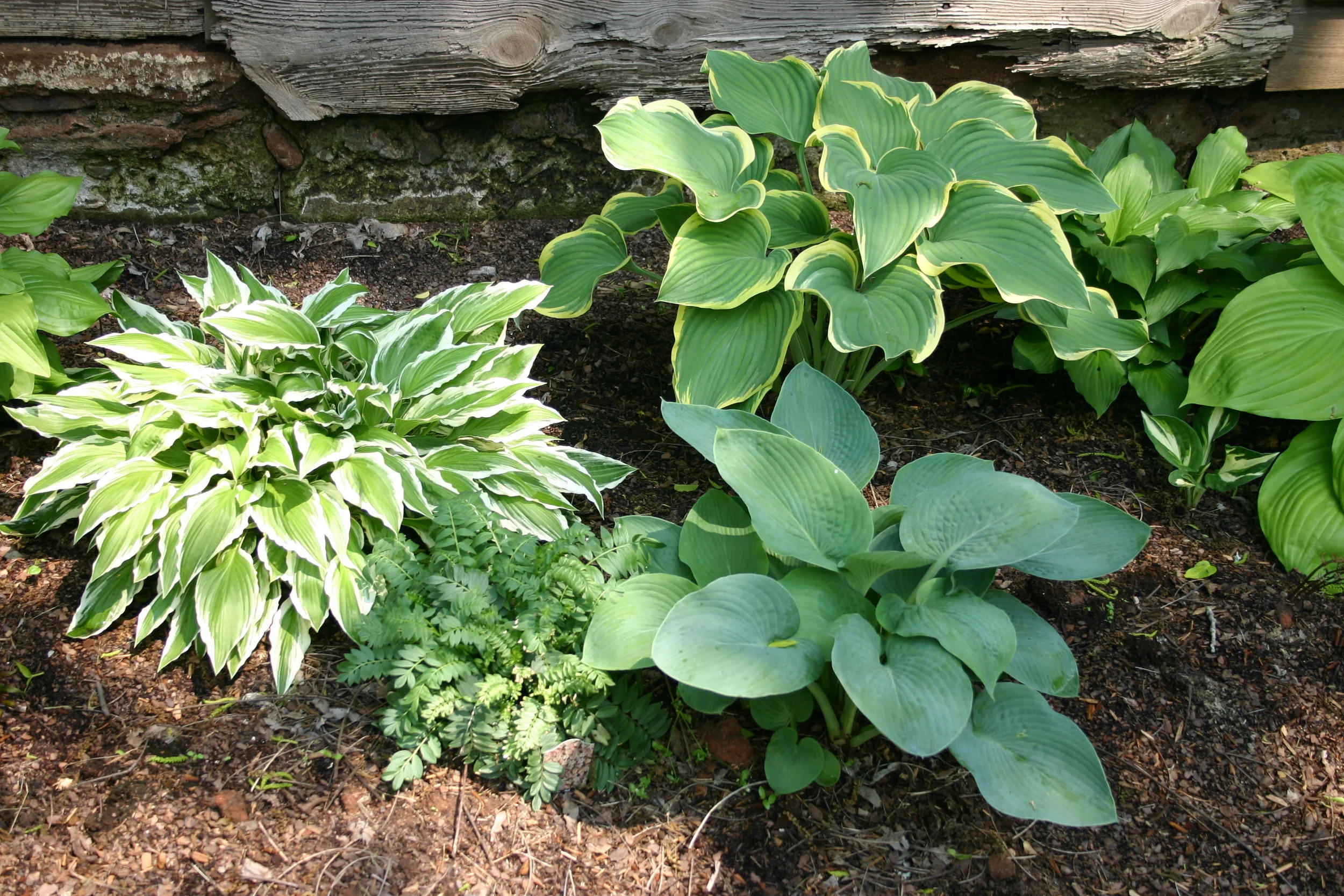The dreaded first fall freeze arrived in my area last night, and my garden annuals are now either mush or crispy. Even those in protected areas were damaged by the frigid wind gusts. I hate to say farewell to Wishbone Flower, Torenia fournieri (prounounced toh-RAY-nee-ah for-nee-AY-ree). Wishbone Flower makes a great hanging basket for shade. It can also be grown in the ground or brought indoors as a houseplant.
The velvety flowers are two-lipped with a yellow blotch. They resemble a miniature Gloxinia. The stamens join together in a wishbone shape, something that is not apparent from a distance but is easily distinguishable when close up. Flowers are shades of blue, purple, or rose. They ask for a moist, neutral soil with plenty of organic matter. In-ground plants should be mulched and their moisture monitored. Aim for adequate moisture, not overdone. Plants will not tolerate a water-logged soil, so hanging baskets should have well-draining potting mix and must be watered often.
Mature plants may reach eighteen inches in height, but they have a mounding to trailing habit that means the actual height is less. Young plants can be pinched back to encourage branching. Several plants in a basket makes a nice, full appearance with season-long flowering, beginning in late spring and lasting until frosts arrive. Excessive heat or humidity may stunt their growth.
If this is on your list for next year’s garden, plan to buy them as started plants. It is possible to grow from seed but the seeds are tiny, requiring patience and special handling to avoid washing them away or being covered by seed starting media. The seeds must have light to germinate. Plants can also be started by rooting cuttings.
See the little wishbone at the top?
This Torenia is in a partially shaded bed.


